Home>diy>Architecture & Design>How To Design A 1980s Contemporary House
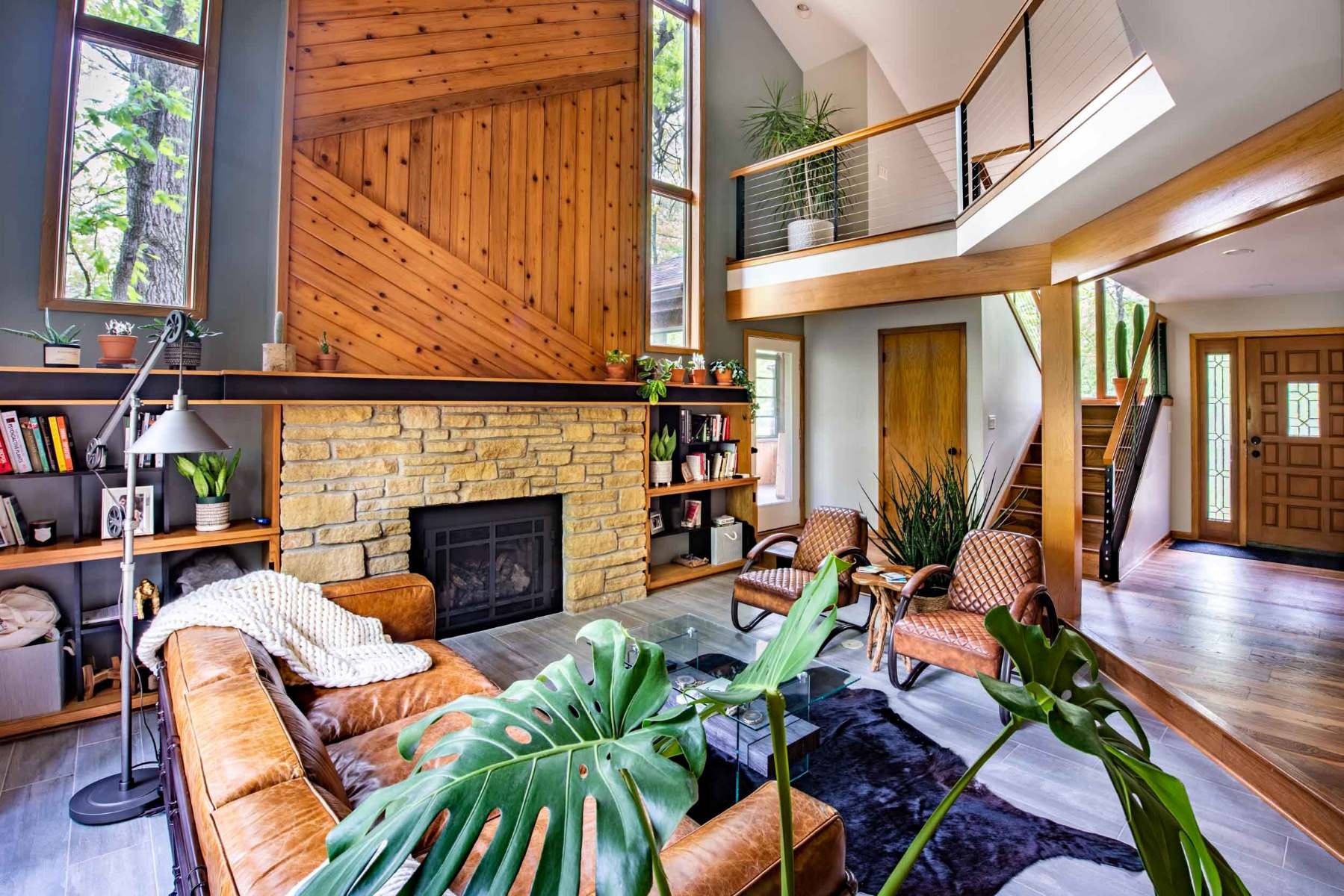

Architecture & Design
How To Design A 1980s Contemporary House
Modified: August 28, 2024
Learn how to design a 1980s contemporary house with our expert tips and ideas. Discover the perfect blend of architecture and design for a truly unique home.
(Many of the links in this article redirect to a specific reviewed product. Your purchase of these products through affiliate links helps to generate commission for Storables.com, at no extra cost. Learn more)
Introduction
The 1980s was a decade known for its bold and distinctive architectural styles. One of the most iconic architectural styles that emerged during this time was the 1980s Contemporary style. This unique design aesthetic combined elements of modernism and postmodernism to create homes that were visually striking and architecturally innovative.
In this article, we will delve into the world of 1980s Contemporary house design. We will explore the key characteristics of this style and provide valuable insights on how to design a 1980s Contemporary house that captures the essence of this era. Whether you’re a homeowner looking to renovate your existing home or an architect searching for inspiration, this article will guide you through the process of creating a stunning and authentic 1980s Contemporary house.
From embracing geometric patterns and shapes to selecting the right colors and textures, we will cover all aspects of designing a 1980s Contemporary house. We will also discuss the importance of balancing old and new elements, maximizing natural light, enhancing the exterior, and considering sustainability and energy efficiency.
Moreover, we will provide tips on incorporating statement furniture pieces and adding personal touches to make your 1980s Contemporary house truly unique and reflective of your personal style.
Designing a 1980s Contemporary house is an opportunity to pay homage to a distinctive era in architectural history while infusing it with a modern twist. By blending the boldness and innovation of the 1980s with contemporary design principles, you can create a home that stands out and makes a statement.
So, buckle up and get ready to embark on a journey through time as we explore the world of 1980s Contemporary house design. Let’s dive in and discover how to bring this iconic architectural style to life in your own home.
Key Takeaways:
- Designing a 1980s Contemporary house involves embracing bold geometric shapes, vibrant colors, and sustainable elements to create a visually stunning and eco-friendly living space that reflects the spirit of the era.
- Incorporating personal touches, balancing old and new elements, and maximizing natural light are essential in creating a 1980s Contemporary house that feels like a unique and inviting sanctuary, blending the best of the past with modern design sensibilities.
Read more: What Is Contemporary House Design
Understanding the 1980s Contemporary Style
The 1980s Contemporary style is characterized by its bold and avant-garde architectural elements. Drawing inspiration from both modernism and postmodernism, this style embodies a sense of individuality and artistic expression. Understanding the key characteristics of this style is essential to successfully design a 1980s Contemporary house.
One defining feature of the 1980s Contemporary style is its emphasis on geometric shapes and patterns. From asymmetrical façades to angular rooflines, this style embraces bold and dynamic architectural forms. Triangular windows, cylindrical columns, and curved walls are also common elements that add visual interest to the overall design.
In addition to geometric shapes, the use of vibrant colors is another hallmark of the 1980s Contemporary style. Bold hues such as cobalt blue, fiery red, and neon green are often incorporated into the exterior and interior of the house. These vibrant colors help create a lively and energetic atmosphere, characteristic of the 1980s era.
Textured finishes, such as stucco or textured tiles, are frequently utilized to add depth and dimension to the exterior surfaces of the house. These textures, combined with the geometric shapes, create a visually engaging and dynamic façade.
Large, expansive windows are also a key element of the 1980s Contemporary style. These windows serve multiple purposes – they allow ample natural light to flood the interior spaces, provide panoramic views of the surrounding environment, and create a seamless connection between the indoors and outdoors.
When designing a 1980s Contemporary house, it is important to consider the interior layout as well. Open floor plans are highly favored, promoting a sense of spaciousness and flow between different areas. High ceilings, with exposed structural elements such as beams or trusses, are also common in this style. These architectural features add drama and create a sense of grandeur within the space.
Furniture in a 1980s Contemporary house often follows the mantra of “form follows function.” Simple and minimalist designs are popular, with a focus on functionality and clean lines. Furniture pieces made of materials such as glass, steel, and leather are often featured, adding to the modern and sleek aesthetic.
By understanding the key characteristics of the 1980s Contemporary style, you can begin to envision how to incorporate these elements into your design. From geometric shapes and vibrant colors to expansive windows and open floor plans, these features will help you create a visually stunning and authentic 1980s Contemporary house. Stay tuned as we delve deeper into the various aspects of designing a 1980s Contemporary house in the following sections.
Setting the Foundation
When designing a 1980s Contemporary house, it’s essential to set a strong foundation. The foundation lays the groundwork for the rest of the design process and ensures a solid structure that can support the architectural elements of the style.
One important consideration in setting the foundation is the choice of materials. Concrete and steel are commonly used in 1980s Contemporary house construction due to their durability and versatility. Concrete can be utilized for both the foundation and the walls, providing a solid base for the structure. Steel, on the other hand, can be incorporated into the framework to create sleek and industrial aesthetics.
In addition to materials, the layout and size of the foundation should be meticulously planned. 1980s Contemporary houses often feature bold and unconventional shapes, such as triangular or irregular floor plans. This uniqueness adds to the architectural character of the house and sets it apart from traditional designs. It is important to work with experienced architects and structural engineers to ensure that the foundation design aligns with the desired layout and supports the overall integrity of the house.
The 1980s Contemporary style is also known for embracing technological advancements. Therefore, it is crucial to consider the incorporation of smart home technology and efficient systems right from the beginning. This may include integrating energy-efficient HVAC systems, automation for lighting and security, and even renewable energy sources such as solar panels. By incorporating these elements during the foundation phase, you can seamlessly integrate modern conveniences into the design while maintaining the integrity of the 1980s Contemporary style.
Another aspect of setting the foundation is ensuring proper infrastructure for utilities and services. This includes planning the location of electrical outlets, plumbing lines, and other essential services. It’s important to take into account the specific needs of the design, such as the placement of lighting fixtures and appliances, to create a functional and efficient space.
Lastly, don’t forget to consider the surrounding landscape when setting the foundation. 1980s Contemporary houses often feature a strong connection between indoor and outdoor spaces. This can be achieved through the placement of windows, sliding glass doors, or even integrating outdoor living areas such as patios or decks. By carefully planning the relationship between the house and its surroundings, you can create a harmonious and seamless transition between the interior and exterior spaces.
Setting the foundation is crucial in designing a 1980s Contemporary house. By choosing the right materials, incorporating modern technology, planning infrastructure, and considering the surrounding landscape, you can lay a strong foundation that will support the unique architectural elements of the style. With a solid foundation in place, you are ready to move forward and bring the vision of your 1980s Contemporary house to life.
Embracing Geometric Patterns and Shapes
One of the defining characteristics of 1980s Contemporary house design is the emphasis on geometric patterns and shapes. These elements add visual interest, create a sense of dynamism, and contribute to the overall modern aesthetic of the style. Here’s how you can embrace geometric patterns and shapes in your 1980s Contemporary house design.
Firstly, consider incorporating geometric shapes into the overall architecture of the house. Triangular rooflines, angular facades, and asymmetrical layouts are common features of 1980s Contemporary houses. These unconventional shapes create a striking visual impact and set the house apart from traditional designs. Experiment with different geometric configurations to achieve a unique and captivating exterior.
Inside the house, you can continue the theme of geometric patterns and shapes through various design elements. For example, use geometric wallpaper, tiles, or patterned rugs to infuse the space with visual interest. Choose fabrics with geometric patterns for furniture upholstery or window treatments. By incorporating these elements, you can create a cohesive design that showcases geometric motifs throughout the interior.
In addition to patterns, consider selecting furniture and decor pieces that feature geometric shapes. Look for coffee tables with angular designs, shelving units with geometric patterns, or pendant lights in geometric forms. These statement pieces not only add a touch of modernity to the space but also tie in with the overarching theme of geometric shapes.
When it comes to color schemes, bold and contrasting colors are often used to enhance the impact of geometric patterns and shapes. Opt for vibrant hues such as red, yellow, or blue to make a bold statement. Consider using color blocking techniques, where different sections of a wall or furniture piece are painted in contrasting colors, to further emphasize geometric shapes.
Another way to embrace geometric patterns and shapes is through the use of mirrors and reflective surfaces. Mirrors with geometric frames or large wall mirrors in interesting shapes can create an illusion of space and reflect light, making the interior feel more open and expansive. Additionally, mirrored surfaces on furniture pieces or accessories can add a touch of glamour while enhancing the overall geometric aesthetic.
Finally, don’t forget to bring the geometric theme into the landscaping and outdoor areas of your 1980s Contemporary house. Consider incorporating geometric shapes in the design of the garden beds, pathways, or even the swimming pool. These outdoor elements not only add visual interest but also create a unified and cohesive design language that extends from the interior to the exterior.
Embracing geometric patterns and shapes is a key aspect of designing a 1980s Contemporary house. Whether it’s incorporating geometric elements in the architecture, using patterns and shapes in the interior design, or even bringing the theme to the outdoor spaces, embracing geometry will add a unique and visually enticing dimension to your 1980s Contemporary house.
Choosing the Right Colors and Textures
Choosing the right colors and textures is crucial when designing a 1980s Contemporary house. The color palette and the textures used can greatly impact the overall aesthetic and ambiance of the space. Here are some tips to help you make the right choices.
When it comes to colors, the 1980s Contemporary style is known for its bold and vibrant hues. Think of rich blues, vibrant reds, deep greens, and even neon accents. These colors add energy and personality to the design, creating a dynamic and visually striking environment.
Consider using a combination of bold colors for different elements of the house. For example, you might choose a vibrant blue for the exterior walls, contrasted with a fiery red door or window frames. In the interior, experiment with bright accent walls, colorful furniture pieces, or even a daring ceiling color. The goal is to create a space that feels bold, lively, and true to the spirit of the 1980s.
In addition to colors, textures play a crucial role in enhancing the overall design of a 1980s Contemporary house. Textured finishes can add depth, visual interest, and a tactile quality to the surfaces. Stucco, textured tiles, or even exposed brick walls are popular choices for adding texture to the exterior. Inside, consider incorporating textured wallpaper, textured fabrics, or even textured artwork to create a multidimensional and visually engaging space.
A balance between smooth and textured surfaces is vital in achieving the desired aesthetic. For example, you might have smooth plastered walls contrasted with a textured stone fireplace. Similarly, a sleek glass coffee table can be paired with a textured rug to create a harmonious blend of textures in the living space.
While bold colors and textures are prominent in 1980s Contemporary design, it is important to strike a balance and avoid overwhelming the space. Consider using neutrals as a base and layering the bold colors as accents. This will help create a cohesive and well-balanced design that allows the vibrant colors and textures to shine without becoming overpowering.
It is also important to consider the natural light and how it interacts with the chosen colors and textures. Natural light can change the appearance of colors and highlight the textures in different ways throughout the day. Take into account the orientation of the house and the placement of windows to ensure that the colors and textures are showcased to their full potential.
Lastly, keep in mind that personal preferences and individual style play a significant role in selecting colors and textures. While there may be general guidelines for the 1980s Contemporary style, it is important to infuse your own personality and taste into the design. Choose colors and textures that resonate with you and create a space that feels authentic and reflective of your own style.
By carefully choosing the right colors and textures, you can bring the 1980s Contemporary style to life in your house. Bold colors and intriguing textures will transform the space, creating a visually captivating and authentic 1980s Contemporary design that is sure to impress.
Read more: How To Design A Contemporary Living Room
Incorporating Statement Furniture Pieces
In a 1980s Contemporary house, statement furniture pieces are essential to complete the overall design aesthetic. These pieces not only serve functional purposes but also act as focal points and add a touch of uniqueness to the space. Here are some tips for incorporating statement furniture pieces into your 1980s Contemporary house.
Firstly, focus on finding furniture that showcases bold and innovative design. Look for pieces with unique shapes, unconventional lines, and distinctive materials. Opt for furniture that embraces the geometric theme of the era, such as angular sofas, curved chairs, or tables with unusual silhouettes.
Consider using materials like stainless steel, glass, or leather to further enhance the contemporary vibe. These materials not only exude a modern and sleek aesthetic but also have a timeless quality that fits well with the 1980s Contemporary style.
When selecting statement furniture pieces, be mindful of scale and proportion. Large, oversized furniture adds drama and impact to the space, but it’s important to ensure that it doesn’t overpower the room. Balance is key, so complement bigger pieces with smaller accessories and furniture to create a harmonious composition.
Another aspect to consider is color. Statement furniture pieces can be an opportunity to inject vibrant colors into the space. Consider bold hues like red, yellow, or blue for upholstery or choose furniture in contrasting colors to create visual interest. However, if you prefer a more neutral color palette, you can focus on finding furniture with interesting textures or unique material finishes that still make a statement in their own right.
Lighting fixtures also play a significant role as statement pieces in 1980s Contemporary design. Look for chandeliers, pendant lights, or floor lamps with distinct shapes and modern designs. These fixtures not only provide ambient and task lighting but also serve as art pieces that add character and style to the space.
Incorporating statement furniture pieces doesn’t mean every piece has to be bold and impactful. It’s important to strike a balance between statement pieces and more subtle elements. Choose one or two key furniture items in each room to make a statement, and then complement them with more understated pieces that provide a sense of balance and cohesion.
Additionally, don’t be afraid to mix different styles and eras to create an eclectic and personalized look. Blend vintage or retro furniture pieces with modern designs to create a unique and curated style that reflects your individual tastes. This mix of old and new adds depth and character to the space.
Remember, statement furniture pieces should not only be visually appealing but also functional. Consider the comfort, usability, and practicality of the furniture. After all, the goal is to create a comfortable and livable space that reflects both your personal style and the essence of the 1980s Contemporary style.
By carefully selecting and incorporating statement furniture pieces, you can elevate the design of your 1980s Contemporary house. These pieces will not only serve as focal points but also contribute to the overall aesthetic, creating a visually striking and cohesive space that embodies the unique spirit of the 1980s Contemporary style.
Incorporate bold geometric shapes, bright colors, and futuristic elements like chrome and glass to capture the essence of 1980s contemporary design in your house.
Balancing Old and New Elements
In the design of a 1980s Contemporary house, it’s important to strike a balance between old and new elements. This creates a harmonious blend of tradition and modernity, adding depth and character to the overall design. Here are some tips for achieving this balance in your 1980s Contemporary house.
Firstly, consider incorporating architectural elements from the past into the design. This could mean preserving existing architectural features in a renovation or incorporating vintage-inspired design elements. For example, exposed brick walls, wooden beams, or traditional moldings can add a sense of history and warmth to the space.
However, it’s important to blend these traditional elements with contemporary design elements to maintain the overall 1980s Contemporary aesthetic. For instance, you can juxtapose exposed brick walls with sleek, modern furniture pieces or combine traditional moldings with minimalist décor. This contrast creates visual interest and highlights the unique character of each element.
When it comes to furniture and décor, mixing old and new pieces is key. Incorporate vintage or antique furniture alongside modern pieces to create an eclectic and personalized look. For example, pair a vintage wooden sideboard with a contemporary glass dining table, or mix mid-century modern chairs with a sleek, modern sofa. This combination adds depth and character to the space while showcasing your personal style and appreciation for different eras.
Another way to balance old and new elements is through the use of materials. Mix traditional materials, such as wood or stone, with modern materials like glass, metal, or acrylic. Consider using reclaimed wood for flooring or accent walls, or incorporating sleek stainless steel countertops in a traditional kitchen. This juxtaposition of materials creates an interesting contrast and adds a contemporary twist to traditional spaces.
Artwork and accessories also play a role in balancing old and new elements. Display a mix of vintage artwork and modern abstract pieces on the walls, or showcase a collection of traditional pottery alongside contemporary sculptures. This combination adds layers of visual interest and tells a story of the connection between the past and the present.
Maintaining a cohesive color palette is essential when balancing old and new elements. Choose a color scheme that complements both traditional and contemporary elements, creating a unified and harmonious look. Neutral tones provide a versatile base, while pops of bold colors can add a modern touch. Consider using accent colors to tie together different elements in the space, such as coordinating the color of a vintage rug with a contemporary accent chair.
Ultimately, achieving a balance between old and new elements requires a thoughtful and intentional approach. It’s about creating a space that respects the past while embracing the present. By blending traditional and modern architectural features, mixing old and new furniture and décor, and maintaining a cohesive color palette, you can create a 1980s Contemporary house that is both timeless and relevant.
Maximizing Natural Light
Maximizing natural light is a crucial aspect of designing a 1980s Contemporary house. This style embraces openness and connection with the outdoors, and ample natural light plays a vital role in achieving this aesthetic. Here are some tips to help you maximize natural light in your 1980s Contemporary house.
Firstly, consider the placement and size of windows. Large, expansive windows are a hallmark of the 1980s Contemporary style. These windows serve multiple purposes – they allow for an abundance of natural light to flood the interior spaces, provide panoramic views of the surrounding environment, and create a seamless connection between the indoors and outdoors. Install floor-to-ceiling windows, clerestory windows, or even skylights to maximize the amount of natural light that enters the house.
Orientation also plays a significant role in maximizing natural light. Understanding the path of the sun is crucial in positioning windows strategically. South-facing windows tend to bring in the most sunlight throughout the day, while east-facing windows capture the morning sun, and west-facing windows capture the afternoon sun. Utilize this information to determine the ideal placement and size of windows in each room to optimize natural light and minimize the need for artificial lighting during the day.
Consider the use of reflective surfaces to amplify the natural light. Mirrors, glass partition walls, or even glossy finishes on floors or furniture can help bounce light around the space, creating a brighter and more luminous environment. Incorporate these elements strategically to maximize the effect of natural light and create a sense of openness and airiness.
Another way to maximize natural light is by utilizing light-hued or sheer window treatments. Light-colored curtains, roller blinds, or sheer fabrics allow natural light to filter through while still providing privacy and diffusing harsh sunlight. Avoid heavy drapes or dark-colored window coverings that may reduce the amount of natural light entering the space.
In addition to strategic window placement, consider the layout of the interior to optimize natural light. Open floor plans promote a sense of spaciousness and allow natural light to flow freely throughout the space. Avoid obstructing the flow of light with unnecessary walls or dividers that block the movement of light from one area to another.
Furthermore, consider incorporating light-colored finishes for walls, ceilings, and flooring. Light-colored surfaces reflect and amplify natural light, brightening up the space and creating a sense of expansiveness. Opt for white or neutral tones to enhance the luminosity of the interior.
Lastly, don’t forget to create outdoor living spaces that seamlessly connect with the indoors. Patios, decks, or even strategically placed windows can provide access to outdoor spaces and allow for a seamless transition between indoor and outdoor areas. This connection not only enhances the overall design aesthetic but also allows natural light to penetrate deeper into the house.
Maximizing natural light is essential in designing a 1980s Contemporary house. By strategically placing windows, utilizing reflective surfaces, and incorporating light-colored finishes, you can create a bright and airy space that embraces the beauty of natural light. The result will be a stunning and inviting interior that seamlessly combines the indoors with the outdoors.
Enhancing the Exterior
When designing a 1980s Contemporary house, enhancing the exterior is crucial to create a visually striking and cohesive design. The exterior of the house serves as the first impression and sets the tone for the entire property. Here are some tips to enhance the exterior of your 1980s Contemporary house.
One of the key elements to consider is the use of bold and dynamic shapes. The 1980s Contemporary style embraces geometric patterns and shapes, so incorporate these elements into the exterior design. Think of angular rooflines, asymmetrical façades, and unique architectural forms. Triangular windows, cylindrical columns, or curved walls can also add visual interest and create a captivating exterior.
Color is another important factor in enhancing the exterior. Opt for vibrant and bold hues that exemplify the 1980s spirit. Consider using contrasting colors or color blocking techniques to create visual impact. Red, blue, yellow, or even neon accents can bring the exterior to life and make a statement. However, balance the use of bold colors with neutral tones to maintain a sense of harmony within the design.
Incorporating texture is also essential to add depth and visual interest to the exterior. Consider using textured finishes such as stucco, stone cladding, or textured tiles to create a rich and tactile façade. These textures, combined with the geometric shapes and vibrant colors, contribute to the unique character of the 1980s Contemporary style.
Another way to enhance the exterior is by incorporating landscaping that complements the architectural design. Create a seamless transition between the house and its natural surroundings by incorporating plants, trees, and hardscaping elements such as walkways or garden features. The landscaping can be designed to echo the geometric theme of the house, using carefully placed hedges or shaped flowerbeds to reinforce the overall design aesthetic.
Outdoor lighting is essential to highlight the architectural features and create an inviting ambiance. Install strategic lighting fixtures to illuminate the key elements of the exterior, such as the entrance, walkways, or focal points. Consider using LED lights for energy efficiency and to add a modern touch to the overall design.
Lastly, consider the overall maintenance and longevity of the exterior materials. Choose durable and low-maintenance materials that not only enhance the aesthetics but also provide longevity and withstand the test of time. Consult with professionals to ensure that the materials selected are suitable for the local climate and will age gracefully.
Enhancing the exterior is an important aspect of designing a 1980s Contemporary house. By incorporating bold shapes, vibrant colors, and interesting textures, you can create an exterior that reflects the unique character of the style. Paying attention to landscaping, outdoor lighting, and material selection will further enhance the overall appearance, creating a visually stunning and cohesive design that will stand out in any neighborhood.
Read more: What Is Contemporary Interior Design
Considering Sustainability and Energy Efficiency
In today’s world, considering sustainability and energy efficiency is paramount when designing a 1980s Contemporary house. Being mindful of the environmental impact of your home not only reduces your carbon footprint but also helps create a more comfortable and cost-effective living space. Here are some tips to consider when designing a sustainable and energy-efficient 1980s Contemporary house.
One of the first considerations is insulation. Proper insulation plays a critical role in regulating temperature and reducing energy consumption. Insulate walls, floors, and roofs to minimize heat loss in winter and heat gain in summer. This will not only improve the overall energy efficiency of the house but also create a more comfortable living environment.
Next, focus on the windows and doors. Upgrading to energy-efficient windows and doors helps reduce heat transfer, air leakage, and noise infiltration. Look for windows and doors with low-E coatings, double or triple glazing, and weatherstripping to enhance thermal performance. Installing windows with proper orientation can also take advantage of natural daylight while minimizing heat gain.
Consider incorporating renewable energy sources such as solar panels into your design. Installing solar panels on the roof allows you to generate clean and sustainable energy. This reduces your reliance on fossil fuels and lowers your energy bills in the long run. Additionally, explore other renewable energy options like geothermal heating and cooling systems or wind turbines if feasible for your property.
To further enhance energy efficiency, invest in energy-efficient appliances and fixtures. Look for appliances with a high Energy Star rating, such as refrigerators, washing machines, and water heaters. Install LED lighting throughout the house to reduce energy usage and increase longevity. Consider using smart home technology to optimize energy usage and track energy consumption, allowing you to make more intelligent and eco-friendly choices.
Water conservation should also be a priority. Install low-flow fixtures and faucets to minimize water wastage. Harvest rainwater for irrigation purposes or consider the use of greywater systems to reuse water for non-potable applications. Incorporate native and drought-resistant plants into your landscape design to reduce water consumption.
Sustainable materials should be prioritized when selecting building materials and finishes. Look for eco-friendly options such as recycled or reclaimed materials. Choose paints and coatings that have low volatile organic compound (VOC) content to improve indoor air quality. Sustainable flooring options like bamboo, cork, or recycled wood can add a touch of eco-consciousness to the design.
Consider incorporating passive design strategies into your 1980s Contemporary house design. Passive design takes advantage of natural resources and the local climate to minimize the need for mechanical heating and cooling. Orient the house to maximize natural daylight and cross ventilation. Incorporate shading devices such as overhangs, louvers, or awnings to reduce solar heat gain during the summer.
Designing a 1980s Contemporary house with sustainability and energy efficiency in mind not only benefits the environment but also enhances the comfort and livability of the space. By incorporating insulation, energy-efficient windows and appliances, renewable energy sources, water conservation measures, sustainable materials, and passive design strategies, you can create a home that aligns with your values and contributes to a more sustainable future.
Adding Personal Touches
Adding personal touches is the final step in designing a 1980s Contemporary house that truly feels like home. These touches not only reflect your personality and style but also create a space that is unique and inviting. Here are some tips on how to add personal touches to your 1980s Contemporary house.
Firstly, incorporate elements that reflect your personal interests and hobbies. Display artwork, photographs, or memorabilia that hold sentimental value to you. Whether it’s a collection of vintage records, sports memorabilia, or artwork from local artists, integrating these personal items into the design can bring a sense of authenticity and personality to your space.
Consider creating a dedicated space for your hobbies or interests. If you enjoy reading, set up a cozy reading nook with a comfortable chair or a built-in bookshelf. If you’re passionate about music, create a dedicated area to display your instruments or set up a home recording studio. This customization allows you to indulge in your passions and create a space that truly reflects your lifestyle.
Another way to add a personal touch is through the use of unique furniture or décor items. Look for statement pieces that resonate with your taste and style. This could be an antique heirloom passed down through generations, a vintage find from a flea market, or a modern art piece that holds special meaning to you. These individual pieces not only add visual interest but also tell a story and create a sense of connection to the space.
Consider incorporating sentimental fabrics or textiles into your design. Whether it’s a quilt made by a loved one or curtains that were carefully selected during a memorable vacation, these personal touches can infuse the space with warmth and nostalgia. Use these fabrics for throw pillows, upholstery, or even as wall hangings to bring a personal and cozy feel to the interior.
Don’t forget about the power of fragrance in creating a welcoming atmosphere. Choose scented candles, diffusers, or essential oils that evoke positive emotions and relaxation. The subtle scent of your choice can fill the space and create a comforting and personalized ambiance.
Lastly, consider creating outdoor living spaces or gardens that reflect your lifestyle and preferences. Whether you enjoy entertaining guests or prefer to have a quiet retreat, design outdoor areas that cater to your needs. Incorporate comfortable seating, outdoor dining areas, or even a fire pit for gathering with loved ones. Personalize the outdoor space with plants, flowers, or even a vegetable garden if you have a green thumb.
Adding personal touches to your 1980s Contemporary house allows you to make it uniquely yours. By incorporating elements that reflect your interests, displaying meaningful artwork or heirlooms, using unique furniture and fabrics, and creating outdoor spaces that cater to your lifestyle, you can create a home that is a true reflection of who you are. These personal touches will make your house feel like a sanctuary and a place you are proud to call home.
Conclusion
Designing a 1980s Contemporary house is an exciting and creative endeavor that allows you to blend the boldness of the 1980s with modern design principles. Through understanding the key characteristics of this architectural style, embracing geometric patterns and shapes, choosing the right colors and textures, incorporating statement furniture pieces, balancing old and new elements, maximizing natural light, enhancing the exterior, considering sustainability and energy efficiency, and adding personal touches, you can create a truly remarkable and authentic 1980s Contemporary house.
By carefully selecting materials, embracing innovative design features, and paying attention to every detail, you can create a visually captivating and functional space that embodies the spirit of the 1980s. The combination of vibrant colors, geometric patterns, and bold shapes will bring your house to life, while the incorporation of sustainable practices and energy-efficient technology ensures a more eco-friendly and cost-effective living environment.
Remember to balance old and new elements, infuse personal touches, and create a space that reflects your individuality and passions. Whether it’s incorporating sentimental pieces, displaying artwork, or designing outdoor living areas that cater to your lifestyle, these personal touches will make your 1980s Contemporary house truly feel like home.
As you embark on this design journey, collaborate with architects, interior designers, and contractors who understand the nuances of the 1980s Contemporary style, ensuring your vision is brought to life with expertise and precision. Whether you are renovating an existing property or starting from scratch, the principles and tips provided in this article will guide you toward creating a stunning 1980s Contemporary house that is a true reflection of your unique style and personality.
Embrace the boldness, innovation, and individuality that defined the 1980s, and infuse it with contemporary design sensibilities to create a home that stands out and makes a lasting impression. Your 1980s Contemporary house will not only be a functional and comfortable dwelling but also a work of art that combines architectural beauty, creative flair, and sustainable living.
So let your imagination soar, and get ready to design a 1980s Contemporary house that will be the envy of all who step foot into it. It’s time to transform your vision into reality—a home that captures the spirit of the 1980s while showcasing your unique style and creating a space where memories are made.
Revamping your home with a 1980s contemporary design is just the beginning. Once you've nailed down that chic aesthetic, consider stepping into the future with the latest in smart home technology. Our next feature covers essential gadgets that not only increase your home's intelligence but also streamline daily tasks. Perfect for tech enthusiasts and modern homeowners alike, this guide will help you create a more efficient and connected living space.
Frequently Asked Questions about How To Design A 1980s Contemporary House
Was this page helpful?
At Storables.com, we guarantee accurate and reliable information. Our content, validated by Expert Board Contributors, is crafted following stringent Editorial Policies. We're committed to providing you with well-researched, expert-backed insights for all your informational needs.
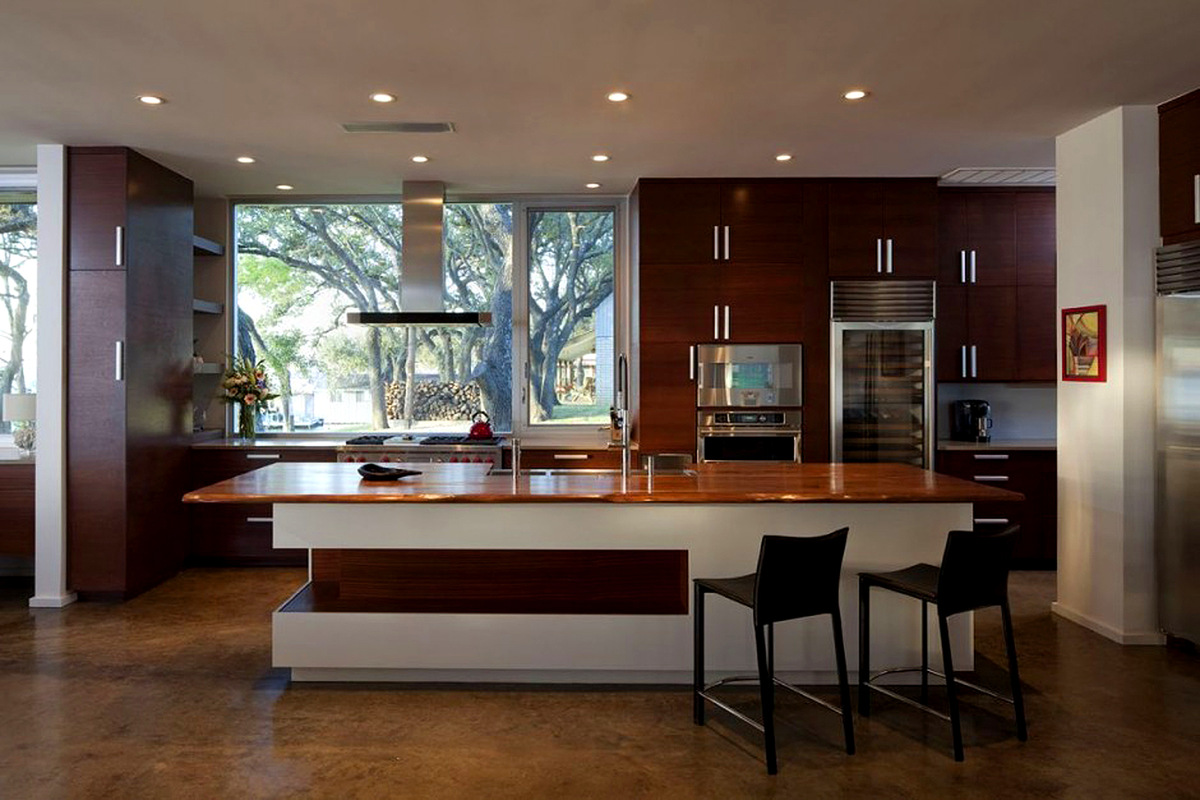
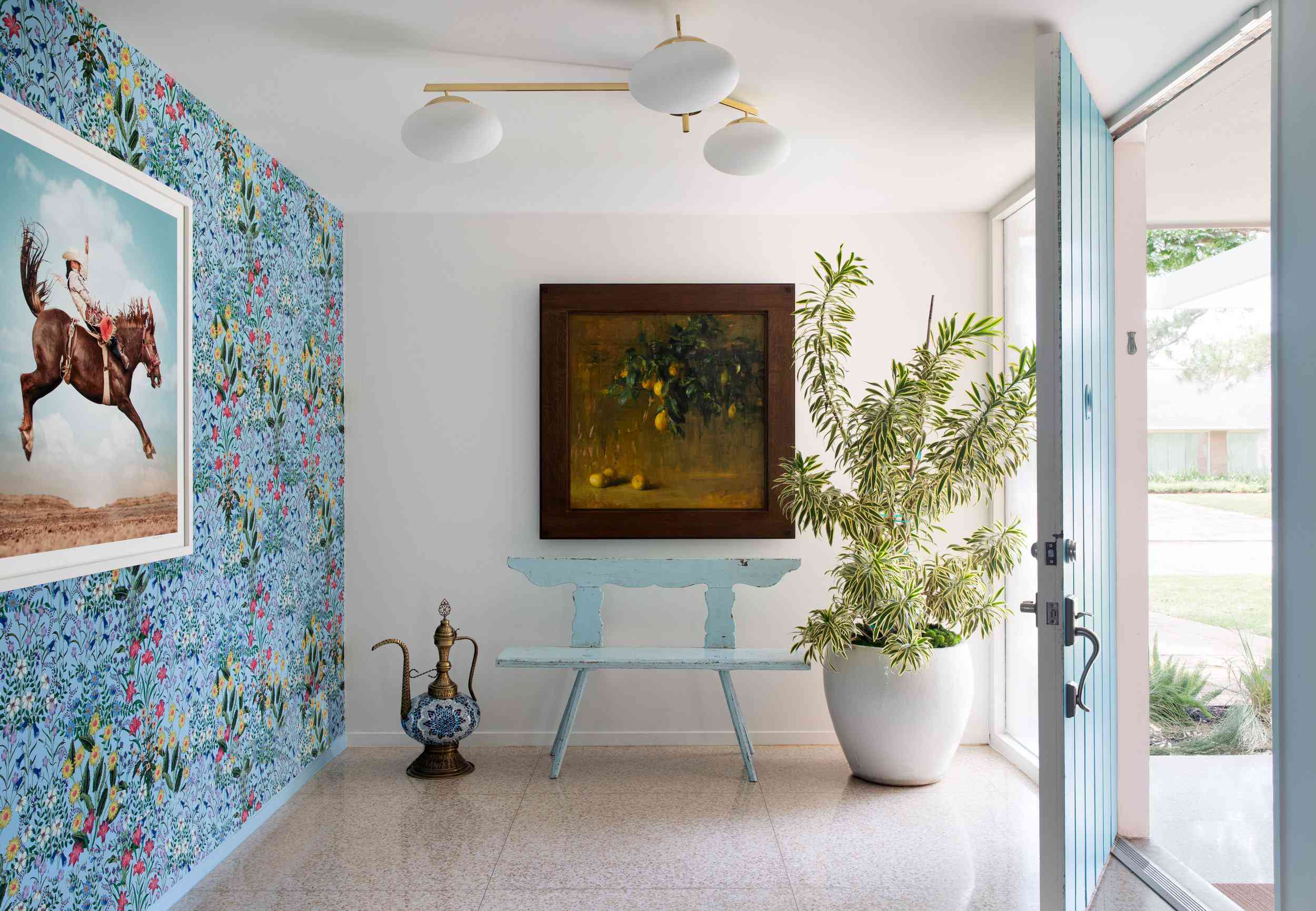
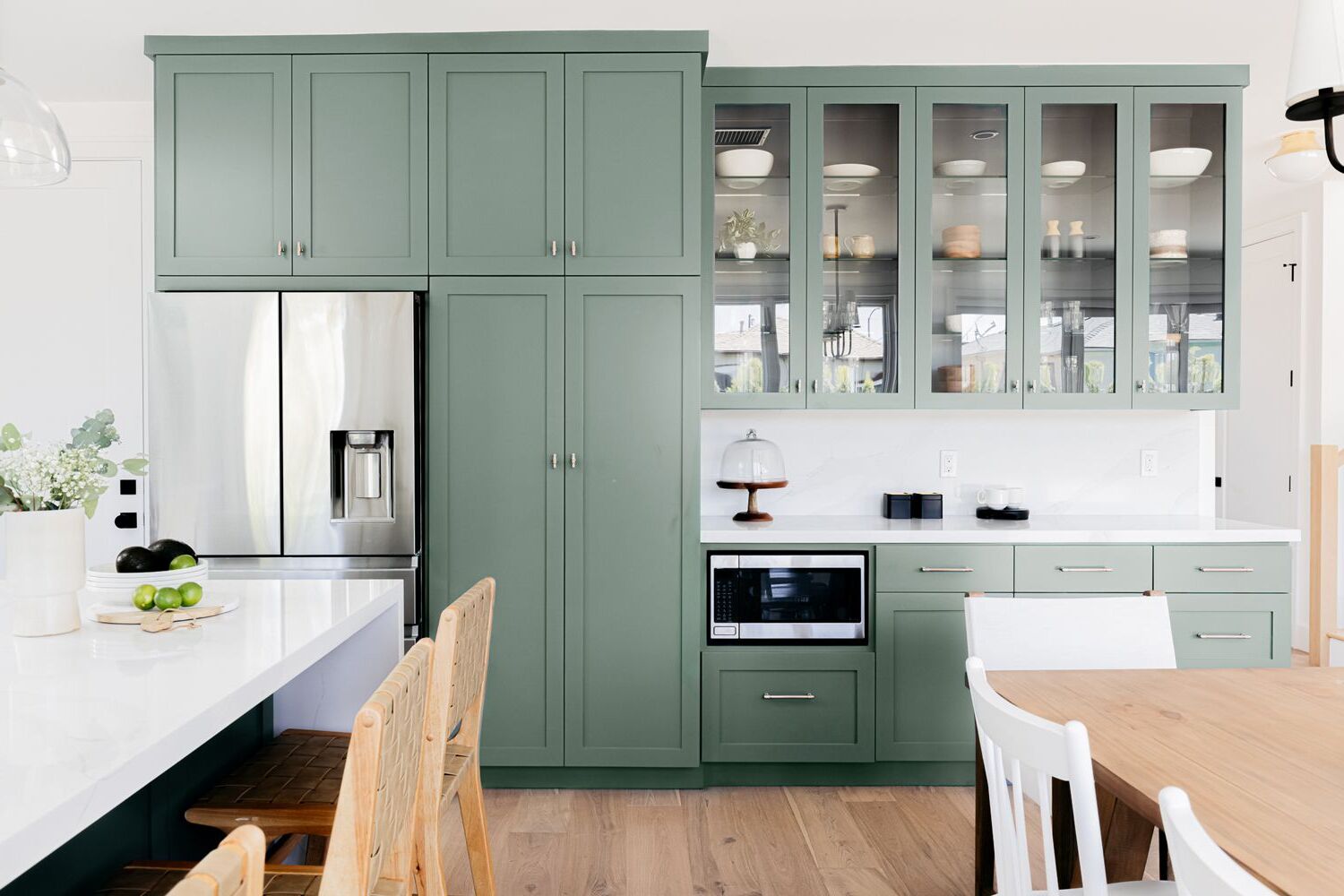
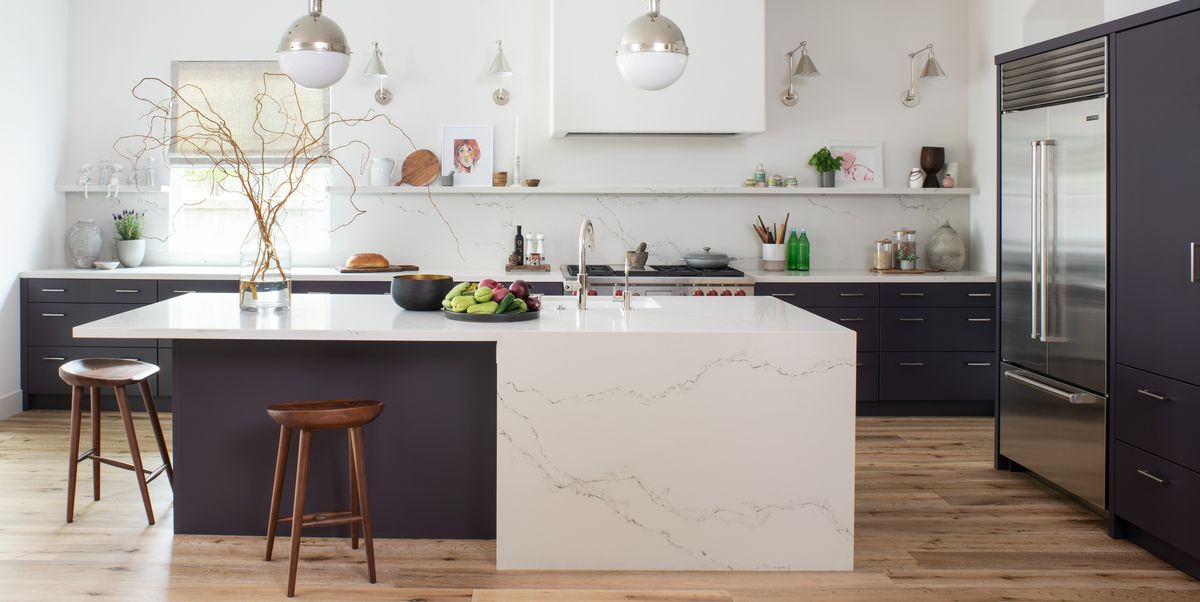

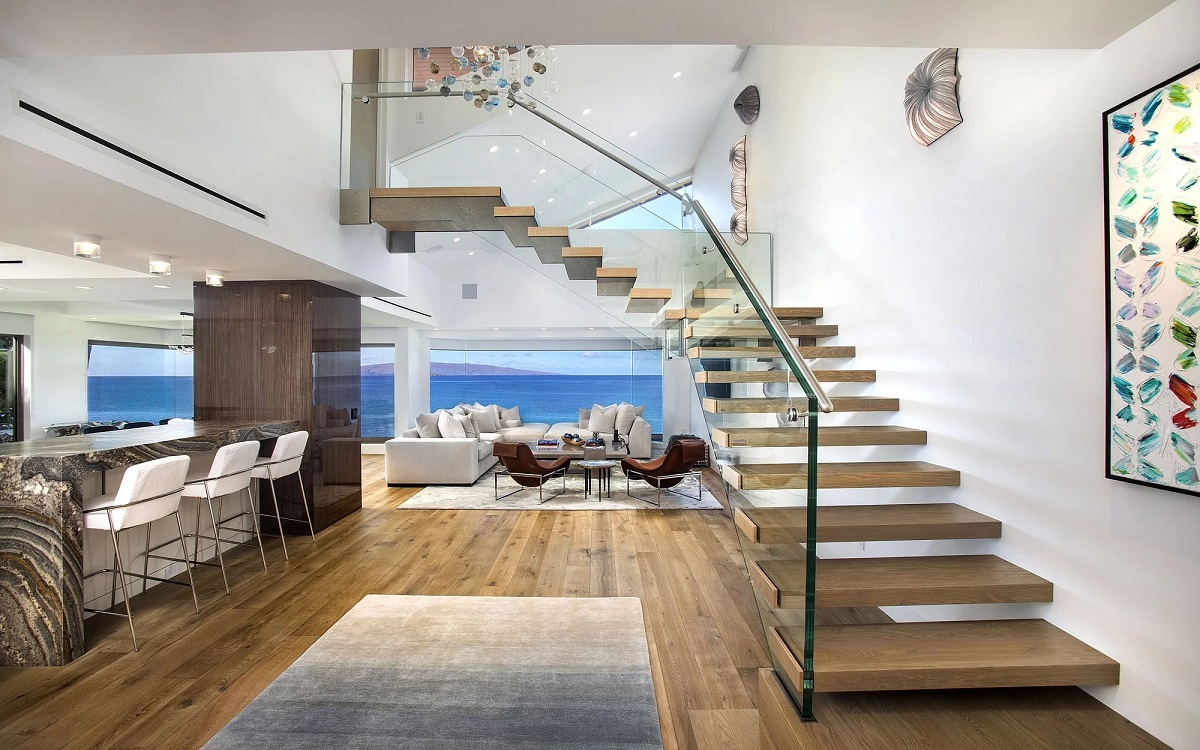
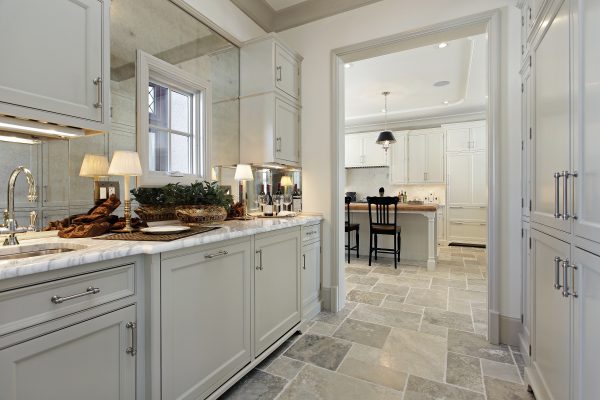

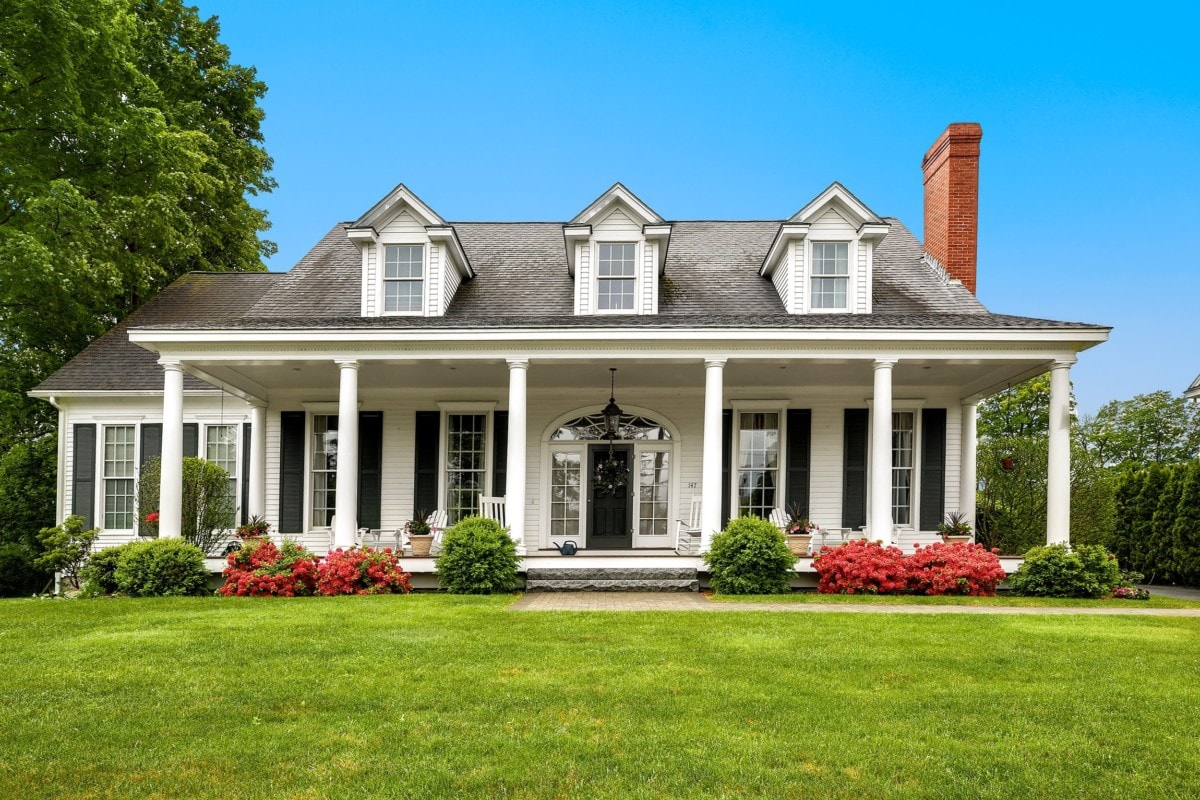
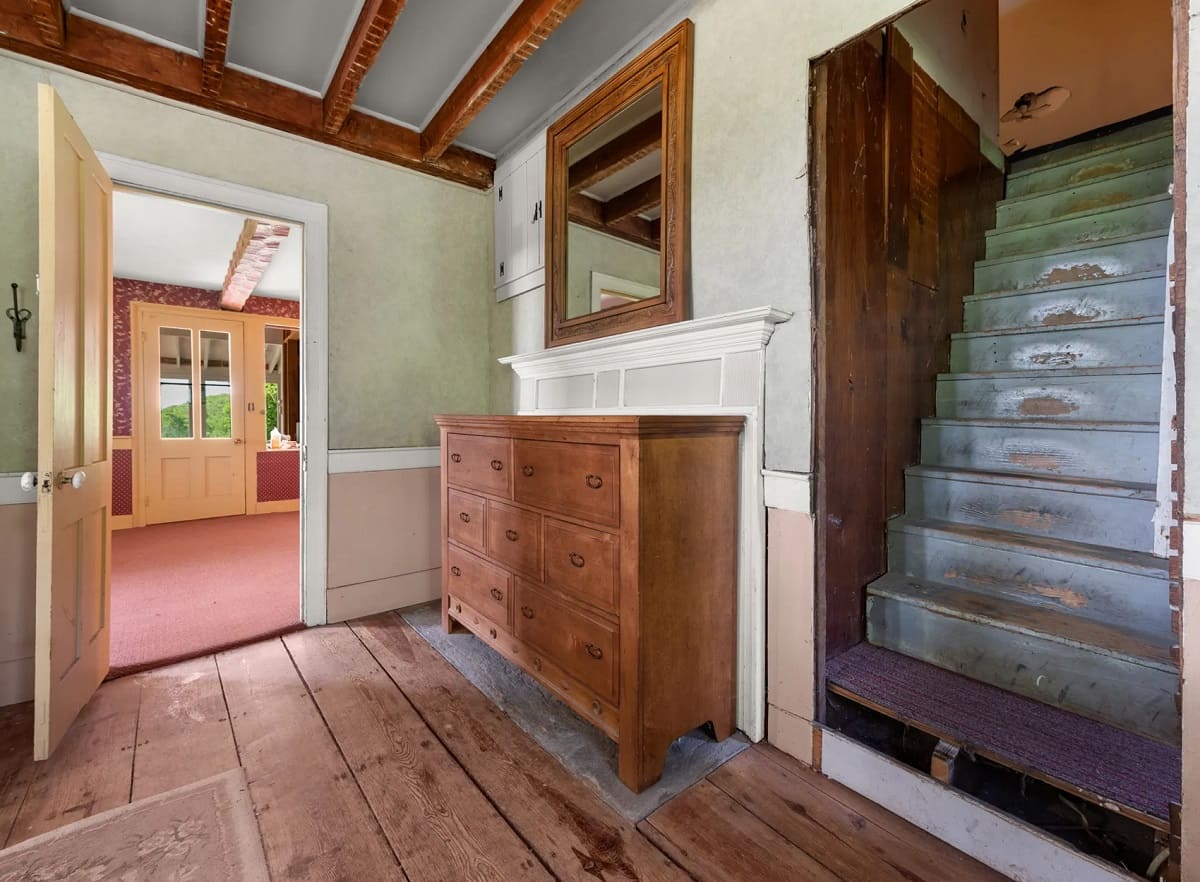
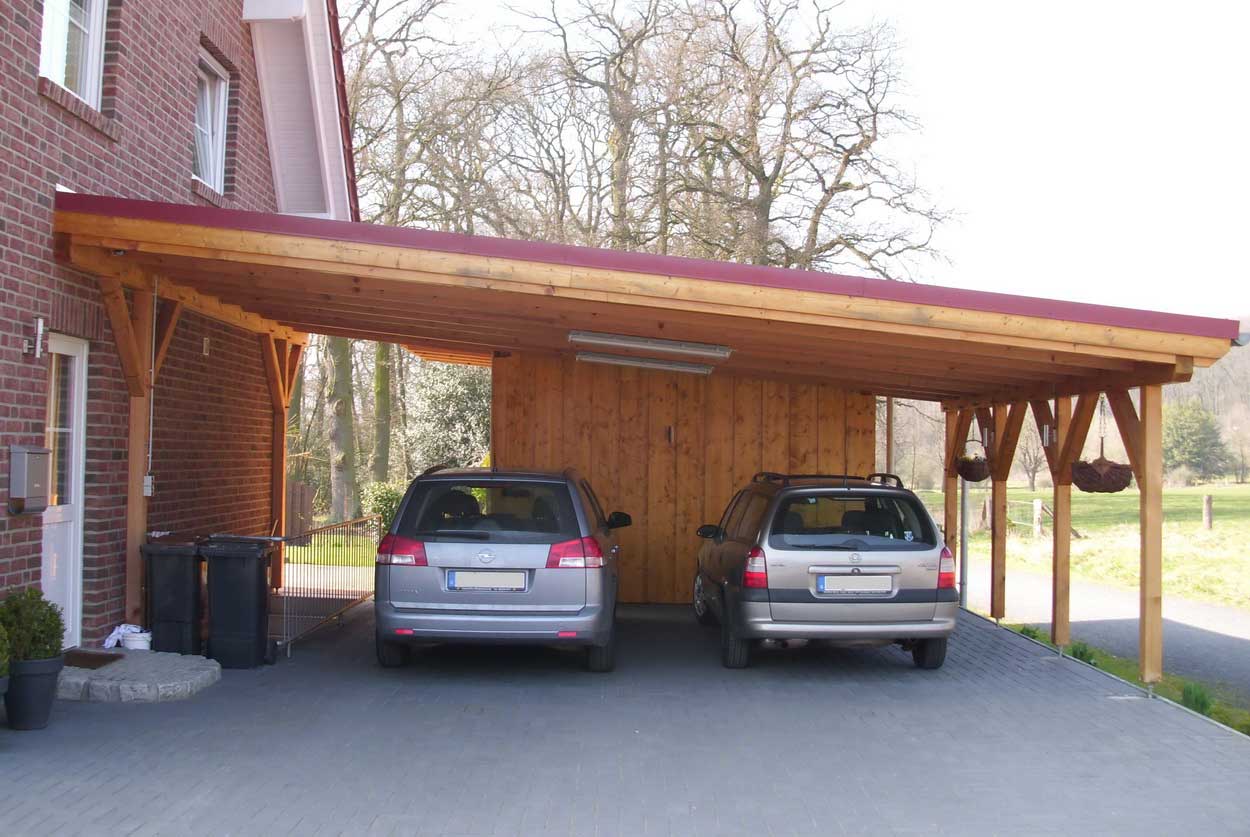
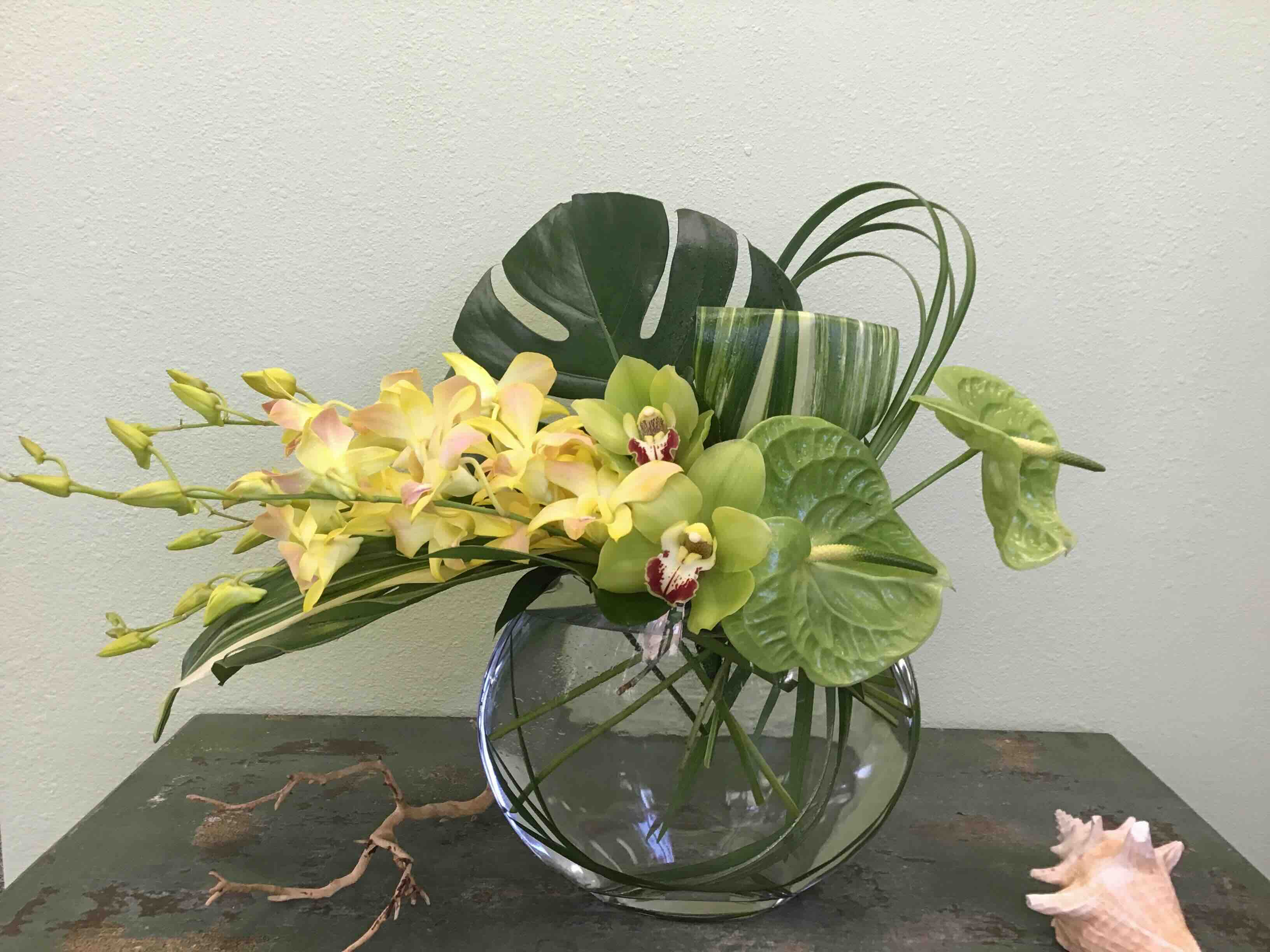
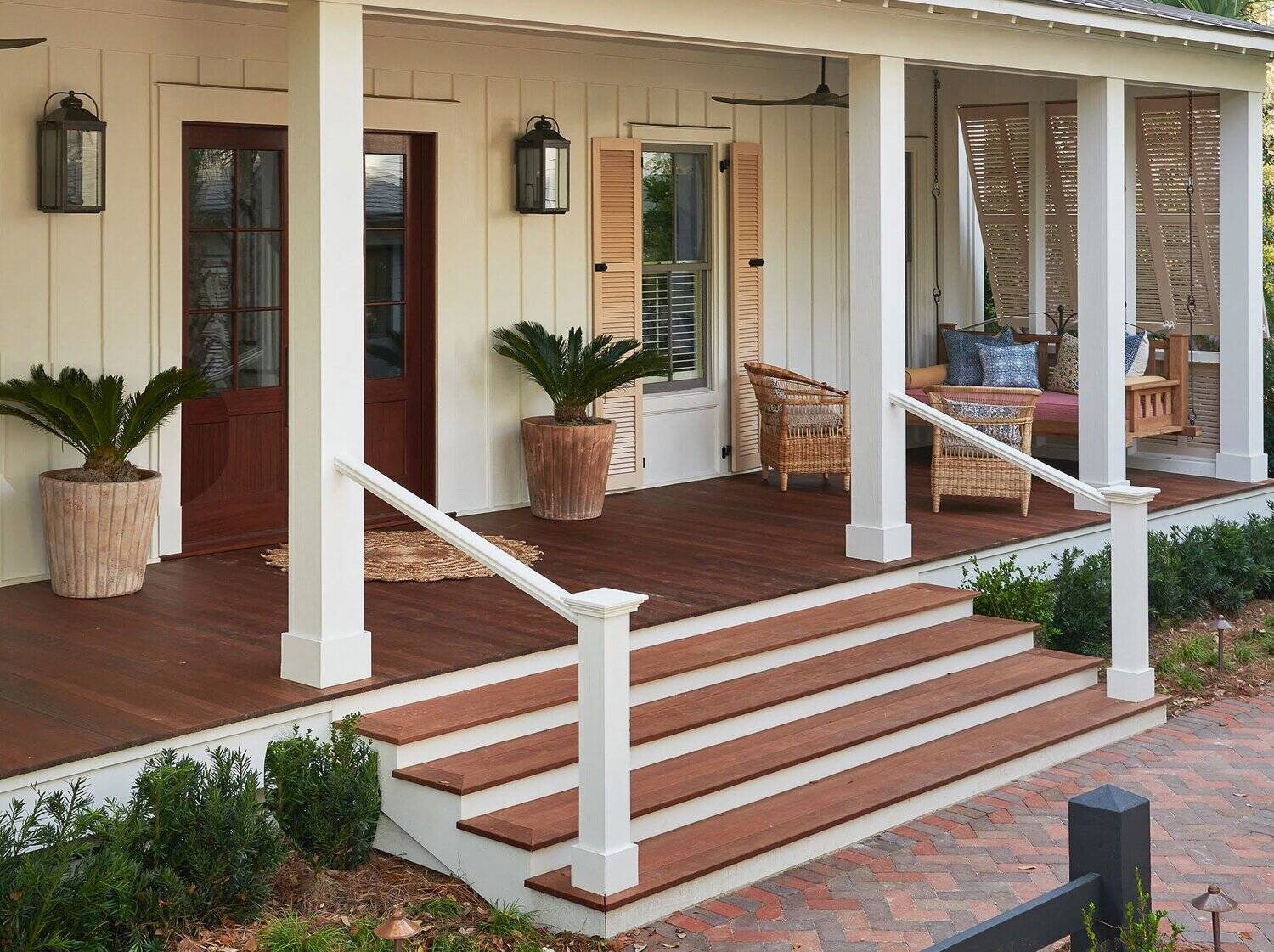

0 thoughts on “How To Design A 1980s Contemporary House”